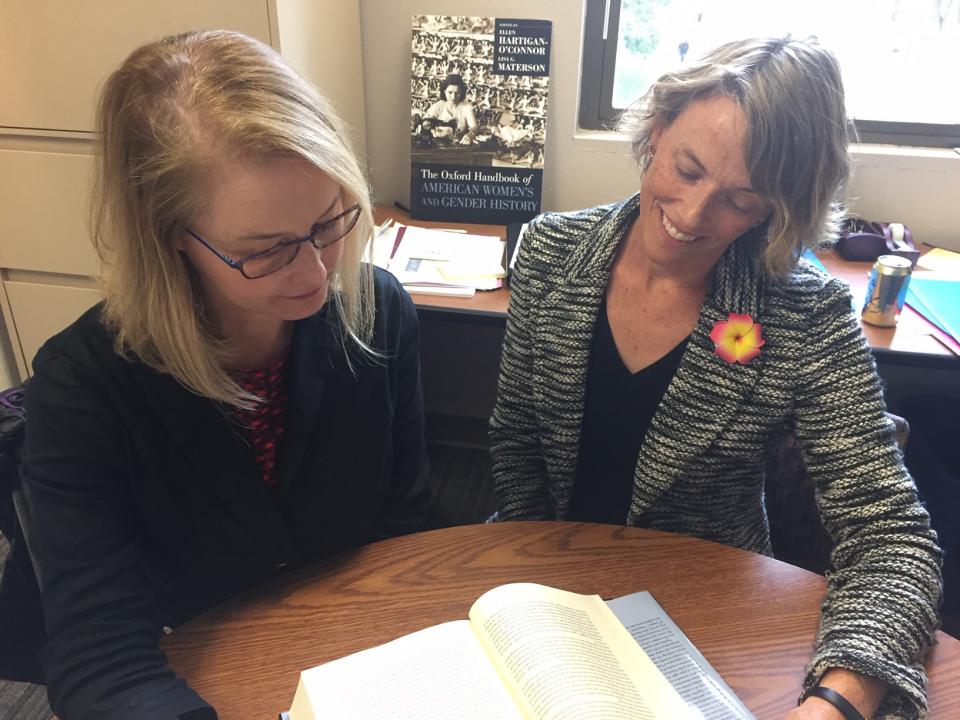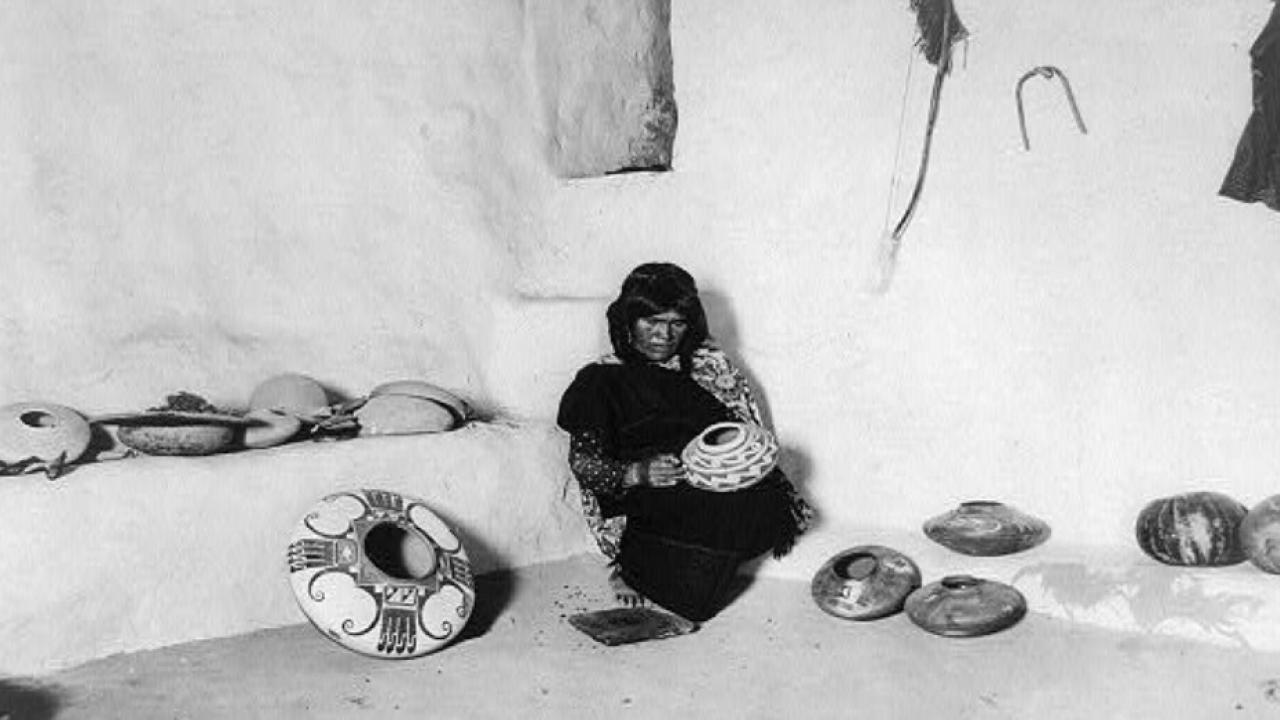Two University of California, Davis, historians have received funding from the National Park Service to address the educational gap in U.S. women’s history and role in the nation’s national parks. Professors Ellen Hartigan-O’Connor and Lisa Materson will craft 80 biographies of women involved in national parks in the western region of the United States, and, in a longer article, connect those women’s lives to the ongoing struggle for voting rights.
The park service gave grants totaling $460,000 through its Women in Parks initiative after a survey they distributed early this year indicated most American adults say they wish they were taught more about women in U.S. history.

“Many people visit the national parks to appreciate the beauty of the region. We will offer the public a richer, more complete picture of the social and political life that sustains them,” said Hartigan-O’Connor.
Project commemorates the 19th Amendment
The two faculty, who have collaborated for more than a decade on multiple projects, will work together on the project, which commemorates the 19th Amendment and supports inclusion of women’s stories in park and regional education and media programs. The region covered includes parks in Oregon, California, Nevada, Idaho, Hawaii, Guam and American Samoa. The 19th Amendment to the Constitution was ratified 100 years ago. It stated that the right of citizens to vote “shall not be denied or abridged … on account of sex.” Notably, in the U.S. colonies of Guam and American Samoa, included in this project, both women and men are denied the right to vote for president, and they do not have a voting representative in Congress, Materson said.
Their work will highlight the centrality of women to the creation and development of national parks and connect the parks to the broader history of women in the United States and its Pacific colonies. Their research will uncover the seldom-discussed naturalists, activists, domestic laborers, and artists whose efforts created and maintained the parks.
HOW THE PROGRAM WORKS
In the Pacific West, the regional Cultural Resources Program and five individual parks received grants.
The regional grant will supplement the work of park staff by collaborating with scholars of women’s history led by Hartigan-O’Connor and Materson. The project team will develop biographies of women associated with every park in the region, as well as an essay that will link the history and legacy of the suffrage movement to other themes in women’s history that are represented in the region’s parks.
Hartigan-O’Connor, who serves as associate dean for graduate students and postdoctoral scholars, and Materson co-edited The Oxford Handbook of American Women’s and Gender History, published in 2018. They also served as project advisors to the California Museum’s newly launched “Women Inspire” exhibit. They are specialists in women’s and gender history.
They received $23,400, which will enable them to support a team of graduate student researchers to help carry out the project. Materson, additionally, will incorporate project work into her winter graduate seminar on public history.
“This is a fantastic opportunity for faculty, students and park historians to work collaboratively in the field,” Materson said.
The park service report, Women in Parks: Key Findings From a National Online Survey of Adults, found that 64 percent of respondents say they wish they were taught more about women in U.S. history, and 60 percent say they would get a C or lower grade if they were tested on the subject. The survey also found that a majority of respondents believe it is “extremely” or “very” important for national parks, monuments and historic sites to connect people to history (74 percent), in addition to preserving public lands for future generations (81 percent) and connecting children to nature and the outdoors (77 percent).
The park service project was launched in 2019 — with leadership gifts from John G. and Jean R. Gosnell Foundation and others — to mark the hundredth anniversary of the ratification of the 19th Amendment. The grants will help connect people with stories of women's contributions to history through physical and digital park exhibits, guided walks, talks and special events, videos, podcasts, and webinars.
Media Resources
Karen Nikos-Rose, News and Media Relations, 530-219-5472, kmnikos@ucdavis.edu
